San Diego Rolls Out Nation’s 1st Net-Zero Archive
To safely house historic documents, a new county facility meets exacting standards for energy efficiency and climate control.
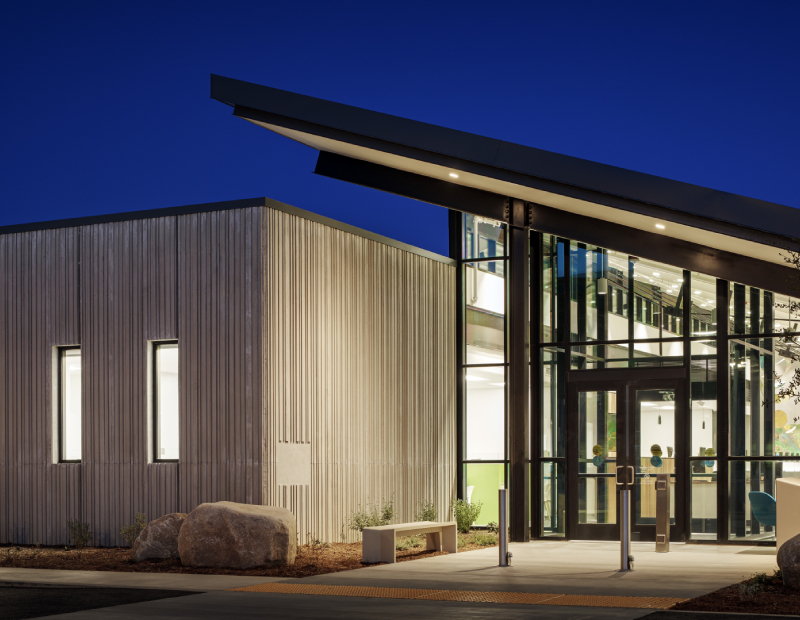
Concrete construction enables an efficient building envelope and results in a thermal mass that slows heat transfer in and out of the building. Photography by Chipper Hatter
Two years ago, San Diego County mandated that every new construction project in its jurisdiction must provide net-zero energy operation. In March, the county unveiled a 25,000-square-foot, state-of-the-art facility in Santee, Calif., that adheres to the policy while also championing innovation.
Of note, the new East County Office and Archives is also slated to be the nation’s first net-zero energy archive facility.
Built by C.W. Driver Cos., and designed to LEED Gold standards by The Miller Hull Partnership LLP, the $18.8 million facility houses nearly 60 county employees from multiple departments. The public can access services ranging from property and tax records to historic documents. Highlights of the collection include hand-drawn maps; birth, marriage and death certificates; deeds from the 1800s; and a letter from Abraham Lincoln granting land to the Mission San Luis Rey de Francia.
“It’s a pretty special building,” said Ben Dalton, principal at Miller Hull. “It’s the place where people interact with the county. It’s a front door to the government, so it needs to be easy to understand where to go to get the services you need. Having a clear sense of program and circulation was really important.”
Reduce and Produce
The single-story facility was also designed using a “reduce before you produce” methodology that’s focused on minimizing energy usage so less renewable generation is necessary. The facility utilizes a 252 kilowatt-hours-per-year photovoltaic system to provide enough energy for the entire building, with a 5 percent buffer for future growth.
“Certainly, for net zero at the highest level, a building must produce at least the same amount of energy on site that it uses over the course of a year,” said Andy Feth, project executive for C.W. Driver. “To do that, we looked at the project from a holistic standpoint.
“It would be simple just to design a building and say, ‘Well, whatever energy it takes, we’ll just size our photovoltaic system large enough to accommodate that.’”
READ ALSO: Building for a Sustainable Future
Instead, C.W. Driver looked at whole-building optimization, which was achieved through a combination of passive systems, such as strategic building orientation and natural ventilation, as well as high-efficiency envelope and mechanical systems, lighting power reductions, plug-load reductions and operational changes that will reduce energy consumption. The facility also uses bioswales—a vegetated stormwater management system—to reduce runoff and improve water quality.
Dalton noted that part of what architects offer a net-zero project is putting the building in the right place on the site and orienting it so that the daylight can penetrate deep into the structure. “For the archives facility, it was also about shielding it so that the sun didn’t beat on those walls and add a lot of additional solar gain or heat gain to the project,” he said. The selected strategy was to position the archives to the northeast of the property. “Early decisions like that take the pressure off other technology solutions,” Dalton added.
Feth added that the efficiency of the facility’s building envelope was achieved by minimizing glazing on the south and west elevations—which have the biggest heat gain—by picking energy-efficient HVAC systems and specifying low-energy LED lighting. The team also looked at unanticipated “phantom” loads such as under-desk heaters that are not part of the equation when energy modeling is done.
Challenge Accepted
The project was made more challenging because the archive has specific temperature and humidity requirements, and those requirements are energy hogs, Feth said. This meant optimizing those systems to ensure energy usage was as low as it could be; it also meant making sure that the building envelope’s vapor emission standpoint and humidity control were highly efficient. Careful testing of the ensured there was no air leakage in the building envelope.
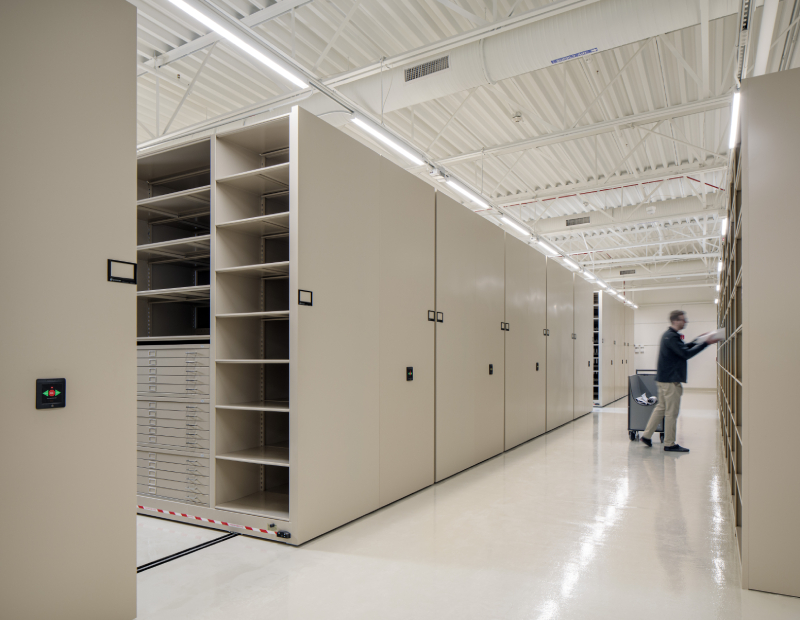
Special attention was paid the archives’ mechanical and lighting control systems to create a climate-controlled space suitable for delicate documents. Photography by Chipper Hatter
Net-zero energy facilities do not cost substantially more to build than conventional buildings. The added expense is the initial cost of the photovoltaic system and more efficient glazing. “With the energy modeling that we work with from the various building components, we tweak and modify to get to that sweet spot of design,” Feth added.
Figuring out the payback period is simple math: How much is saved on the electric bill each month? And what is the payback period for for the initial investment in the photovoltaic system? In order to earn net-zero certification, an owner must track 12 months’ worth of data.
“Net zero energy doesn’t mean there’s no electric bill,” Feth explained—a fact that sometimes comes as a surprise to those who are just getting their feet wet. “You’re not getting a bill for your energy usage, but there is still a base charge for the infrastructure that the owner will pay.”


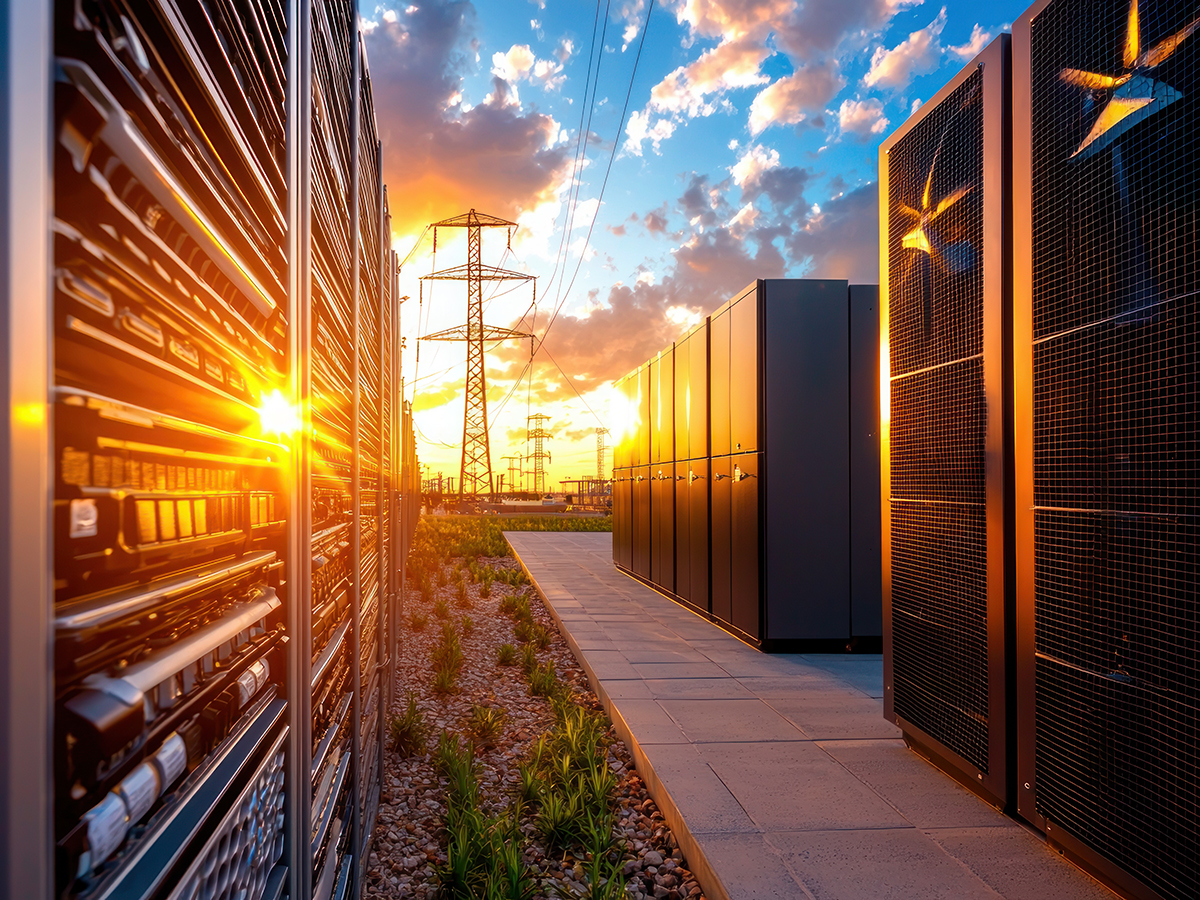
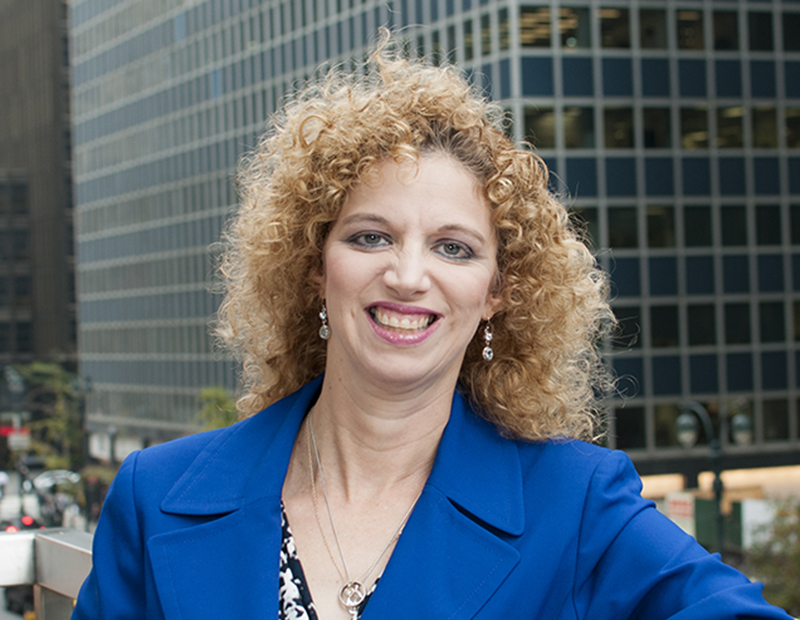
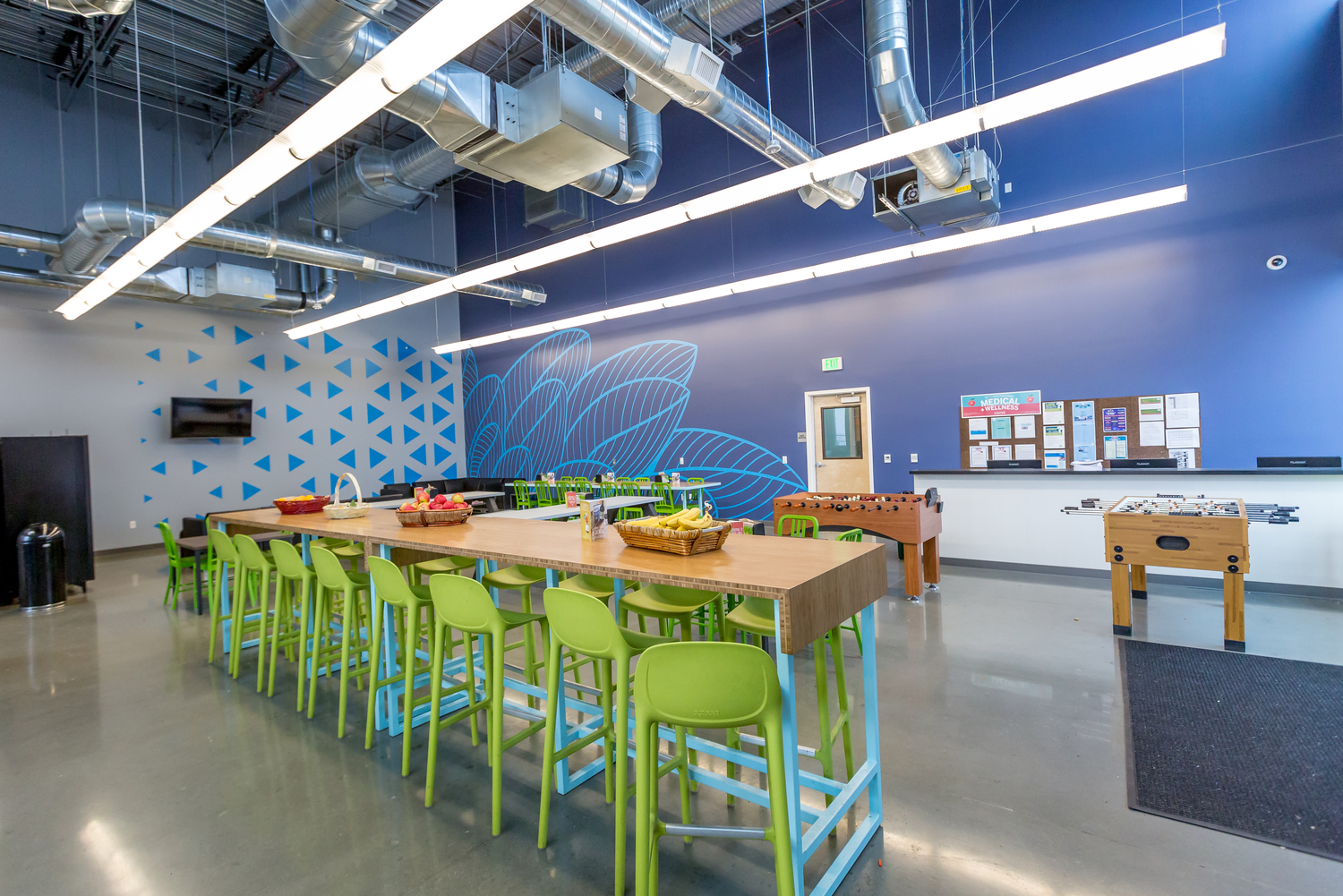
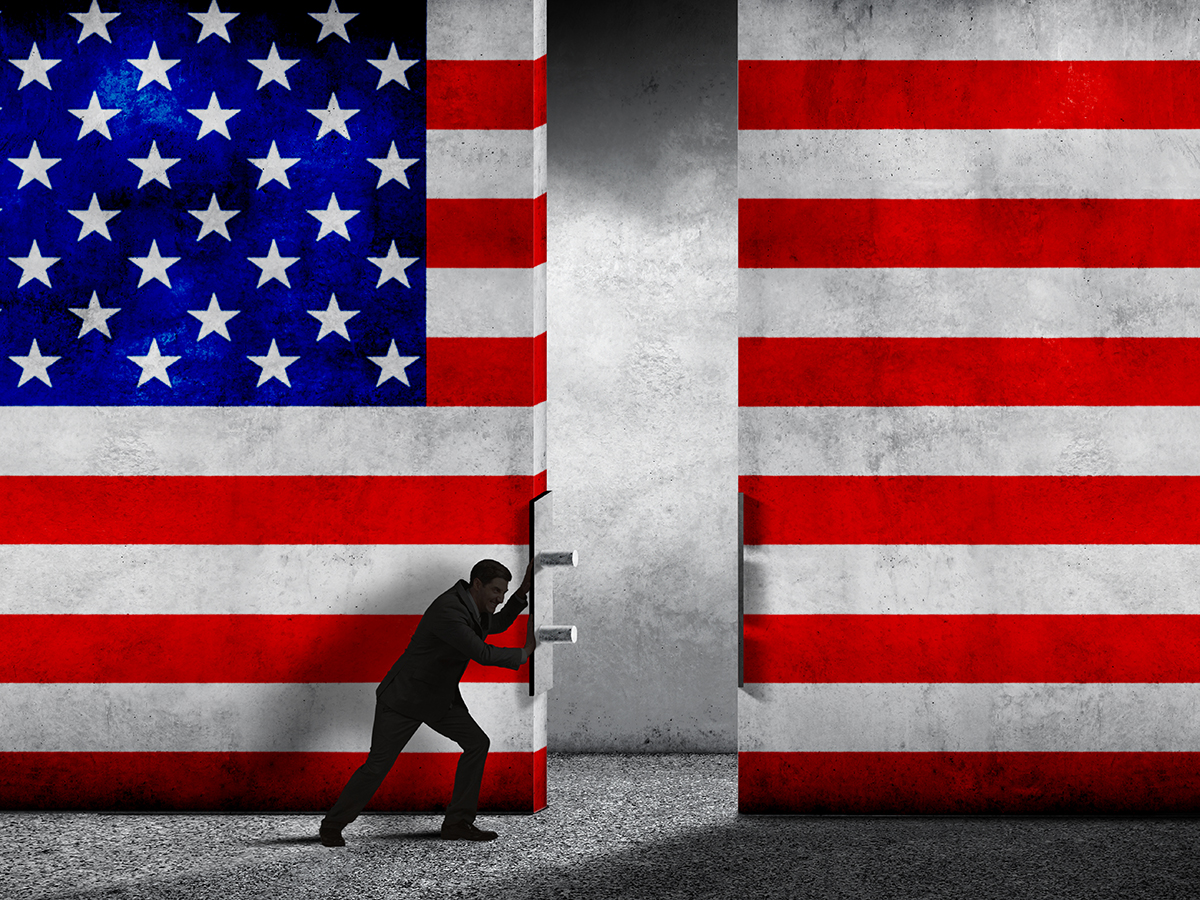

You must be logged in to post a comment.